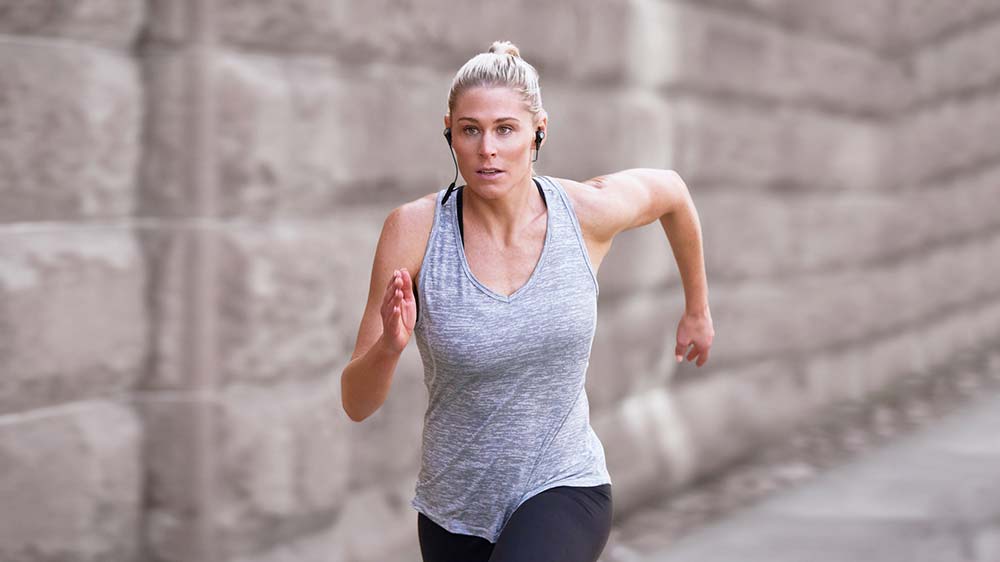
Despite all the debate, babble, and science, there is only one factor that may be the most important aspect of using a heart rate monitor — the result!
Monitoring your exercise heart rate is more important than ever. Personalizing it is even more vital for true success.
Anaerobic threshold, lactate, VO2max . . . blah, blah, blah. This is the “exerbabble” that comes out when training heart rate evaluations are discussed. No doubt, these and other physiological measures are very important. However, most people don’t get adequately tested in a facility, as this is mostly reserved for professional, elite and college athletes. So there’s little relevance to these terms and conditions for the typical athlete. Most of those who do get tested don’t repeat their tests regularly so as to effectively monitor progress. And, as most studies are done on relatively small groups of select people, typically college students, and for very short periods of time, we can’t easily use this information to personalize particular needs.
The result has been many people latch on to traditional HR training models, typically using the 220 formula for one main reason — it’s traditional. There’s little logic to it, and science has moved on to better and more accurate estimations (see Maffetone and Laursen 2020). The MAF 180-Formula is one of them, and also correlates well to laboratory measures.
But all of this talk still avoids the key factor. Dare I one make a statement that there is just one key factor in heart rate training? Well, sure. I will make a very good, simple argument for that.
In short, the key factor is outcome.
MAF is an open system, meaning it allows us to do any kind of training we want, any volume, intensity, etc., but with one caveat: It’s that we use some objective measure to demonstrate improvement. This does not mean we think things are better. Or that we appear to be able to run farther, beat more of our training partners during training, placed better in competition, or other subjective measures. (These are markers that often lead to injury or burn out, and at best, frustration.)
The outcome we want is an objective measure. We should be able to run, walk, ride, or travel faster, or with more power, at the same MAF HR, which is an important measure of submax performance. When this happens, we can stay the course, while continuing to regularly monitor progress. But without these results, something is wrong — true training benefits are not happening, and most likely we are sacrificing health in striving for more fitness.
Perhaps the most important factor for healthy training that drives better fitness is that you determine your personalized exercise HR, one that brings other, corresponding results too. The primary one being the increased ability to burn body fat for more energy. When this happens athletes get leaner, lose weight, spare glycogen and better manage blood sugar, all while improving competitive performance too.
And, if you think your training HR should be higher rather than more moderate, try it out for a ride — give it a month or so and see how you feel. Just be sure to objectively measure the outcome. If you’re not faster, and especially if you’re slower, it’s obviously not working for you.
Healthy eating is a key factor too. Without healthy food, and especially avoiding the junk, sugar in particular, all bets are off.
I’m so confident about the 180-Formula that, if you determine your MAF HR accurately (which also means honestly), and strictly perform this way, testing yourself should result in a faster pace or more power after one month — two max.
The MAF 180 Formula, MAF Test (or MAF GPS Test) are objective tools for heart-rate training you can read about here:
The MAF 180 Formula: Heart-rate monitoring for real aerobic training
Reference
Maffetone P, Laursen P. Maximum Aerobic Function: Clinical Relevance, Physiological Underpinnings, and Practical Application. Front Physiol. 2020;11:296.








